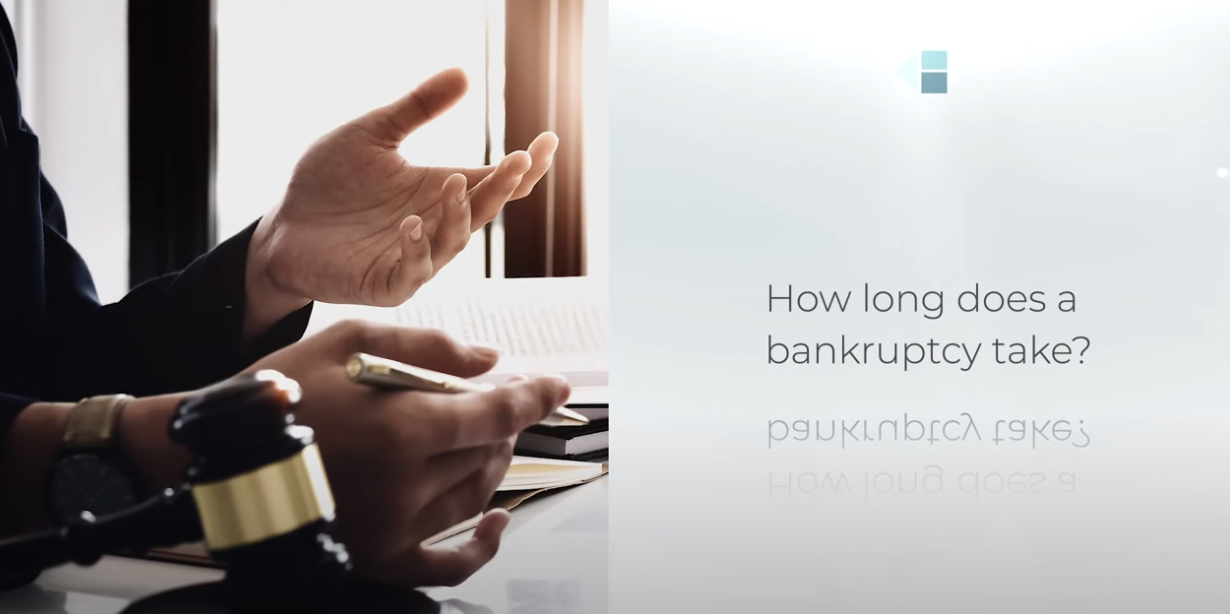When people think of bankruptcy, they often think of Chapter 11 bankruptcy since it is often used in fictional stories. However, there are several types of bankruptcy with their benefits, restrictions, and drawbacks. Working with a qualified Minnesota bankruptcy lawyer is recommended if you think you need to file bankruptcy. Still, it can help to understand the differences between each type before you consider other options. Here is what you need to know about the differences between Chapters 7, 11, and 13 bankruptcy.
What Do They Have In Common?
All three types of bankruptcy have one simple thing in common: they help you pay your debts and give you a chance to start over. Ultimately, you will be out of debt and can start building your finances from scratch. There may be a few exceptions to this since there are debts that you cannot eliminate with bankruptcy. Still, most people find themselves completely debt-free within five years at most.
The difference between the types of bankruptcy focuses on:
- Who can collect on debts
- Which debts are eliminated
- How do you pay back those debts
- How long debts can be collected on
Here’s a look at each type for more clarification.
Chapter 7 Bankruptcy
Chapter 7 bankruptcy is the most commonly chosen form of bankruptcy. It allows individuals to liquidate their assets to pay off creditors. This process usually takes about four to six months from start to finish. During this time, creditors cannot pursue further collection efforts against the debtor. Once all debts have been paid off and any remaining assets distributed to creditors, the debtor’s debts are discharged from future collection attempts.
Chapter 11 Bankruptcy
Chapter 11 bankruptcy is typically used by businesses or large corporations with significant debt burdens that need financial restructuring. This type of bankruptcy allows companies to reorganize their finances while still operating as a business entity. It also offers protection from creditors attempting to collect on debts during the reorganization period, allowing companies to restructure their debt without fear of being shut down by creditors. This process can take anywhere from several months to several years, depending on the complexity of the debt restructuring process.
Chapter 13 Bankruptcy
Chapter 13 bankruptcy is designed for individuals to repay some or all of their debt over an agreed-upon time. Under this form of bankruptcy, debtors must submit plans outlining an approved repayment plan for all their unsecured debt and any secured debt they would like included in plan payments, such as mortgages or car loans. The court must accept this repayment plan before it becomes legally binding; if the court doesn’t accept it, it won’t become effective, and creditors may continue trying to collect on any unpaid balances after the discharge of other unsecured debts related to the case.
Which One is the Right Choice?
While each type of bankruptcy offers unique advantages and disadvantages depending on individual circumstances, it’s important that anyone considering filing for either Chapter 7, 11, or 13 consult with a qualified financial professional or attorney before making any final decisions, as each type has different implications when it comes time for discharge or repayment plans being accepted by courts/creditors alike. Contact Kain + Henehan by calling (612) 438-8006 or filling out the online form.







